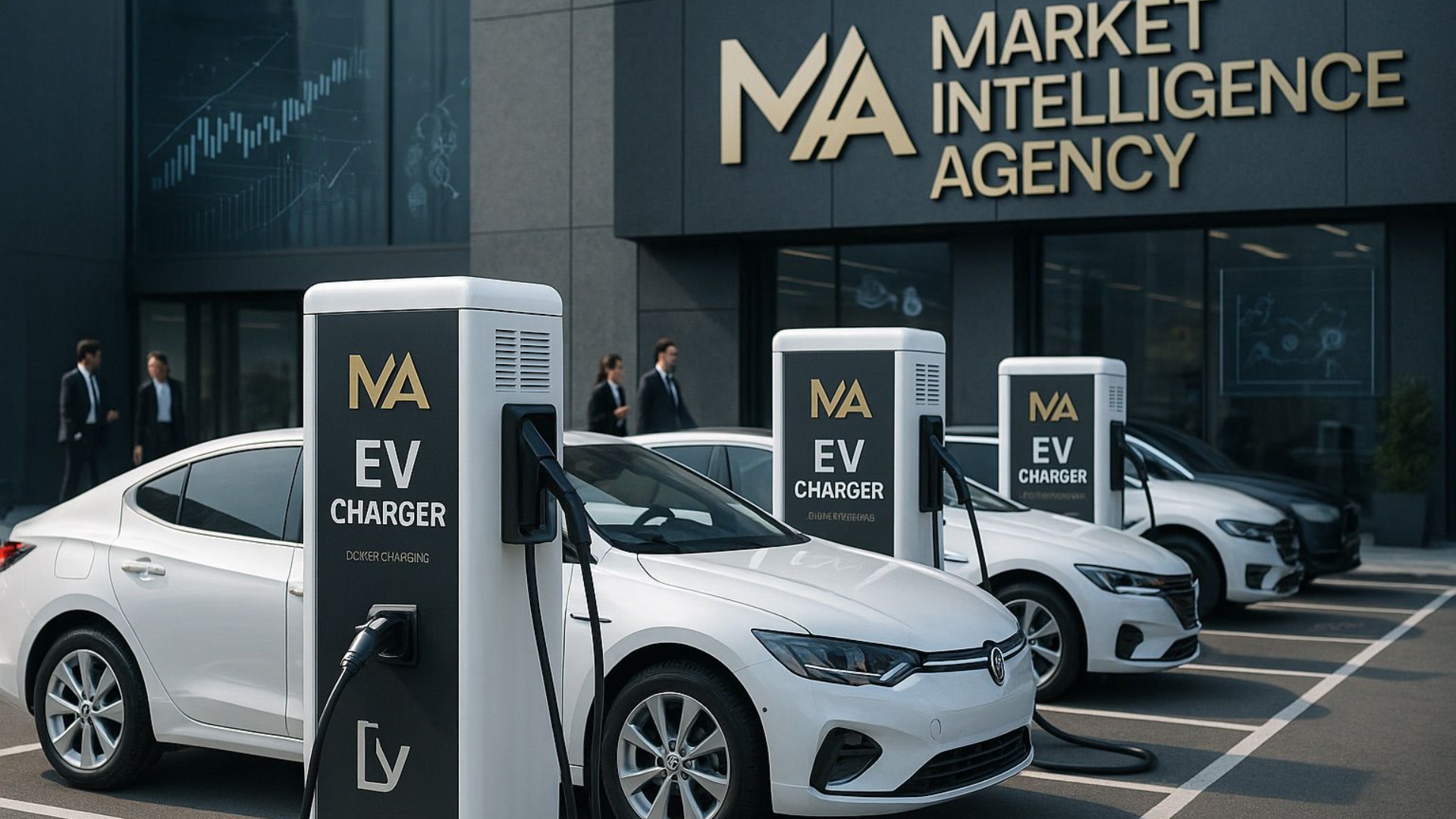
Business Services
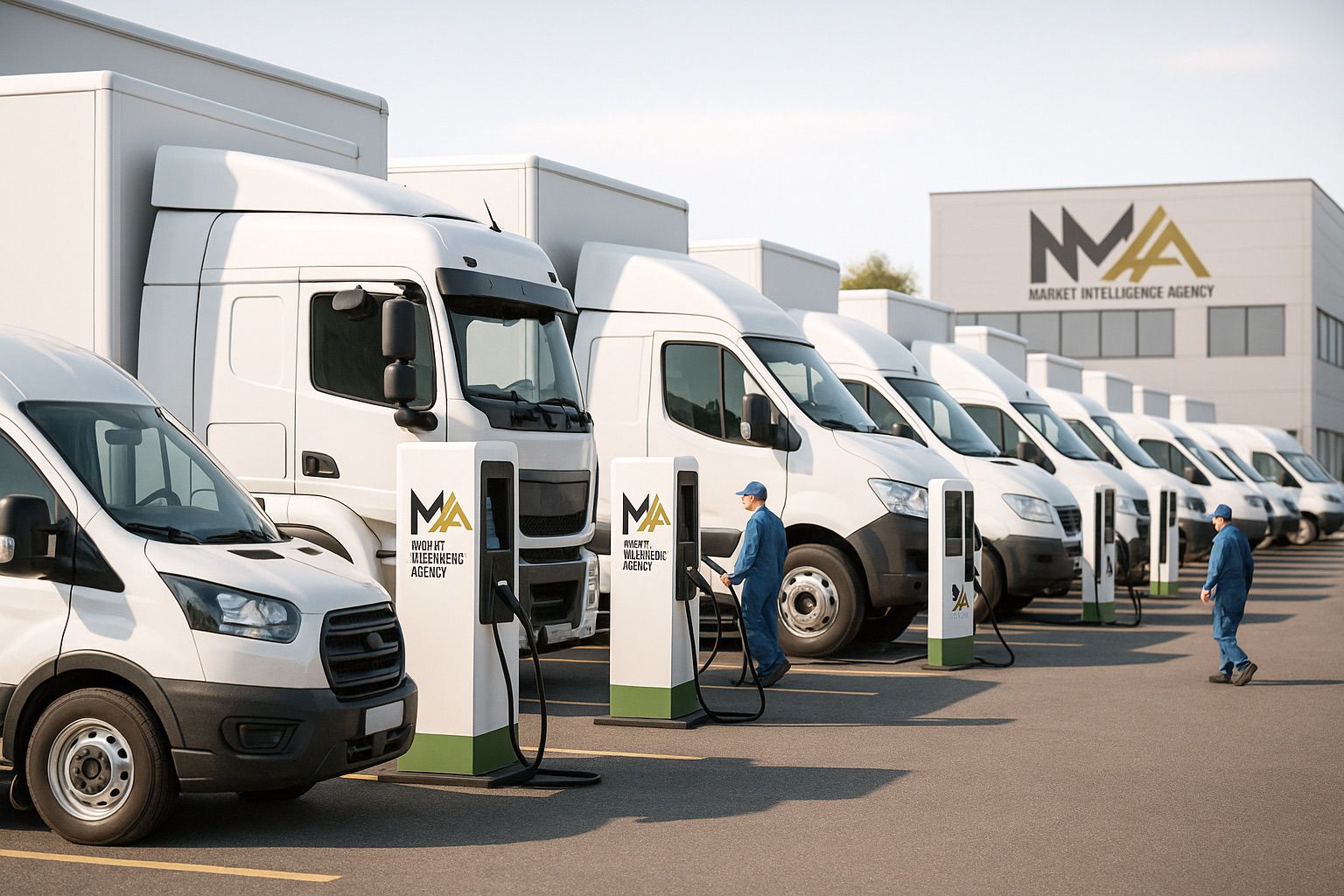
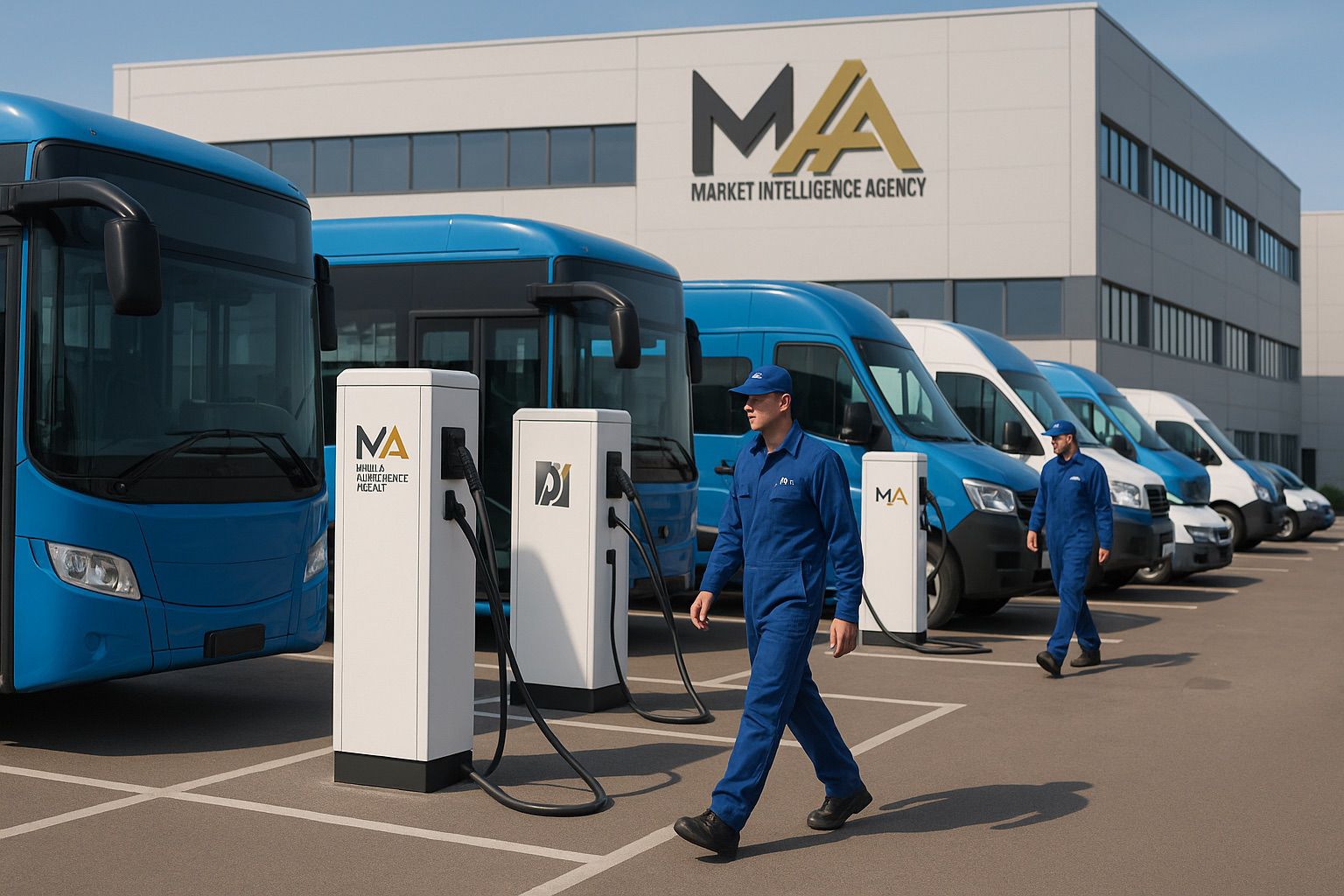
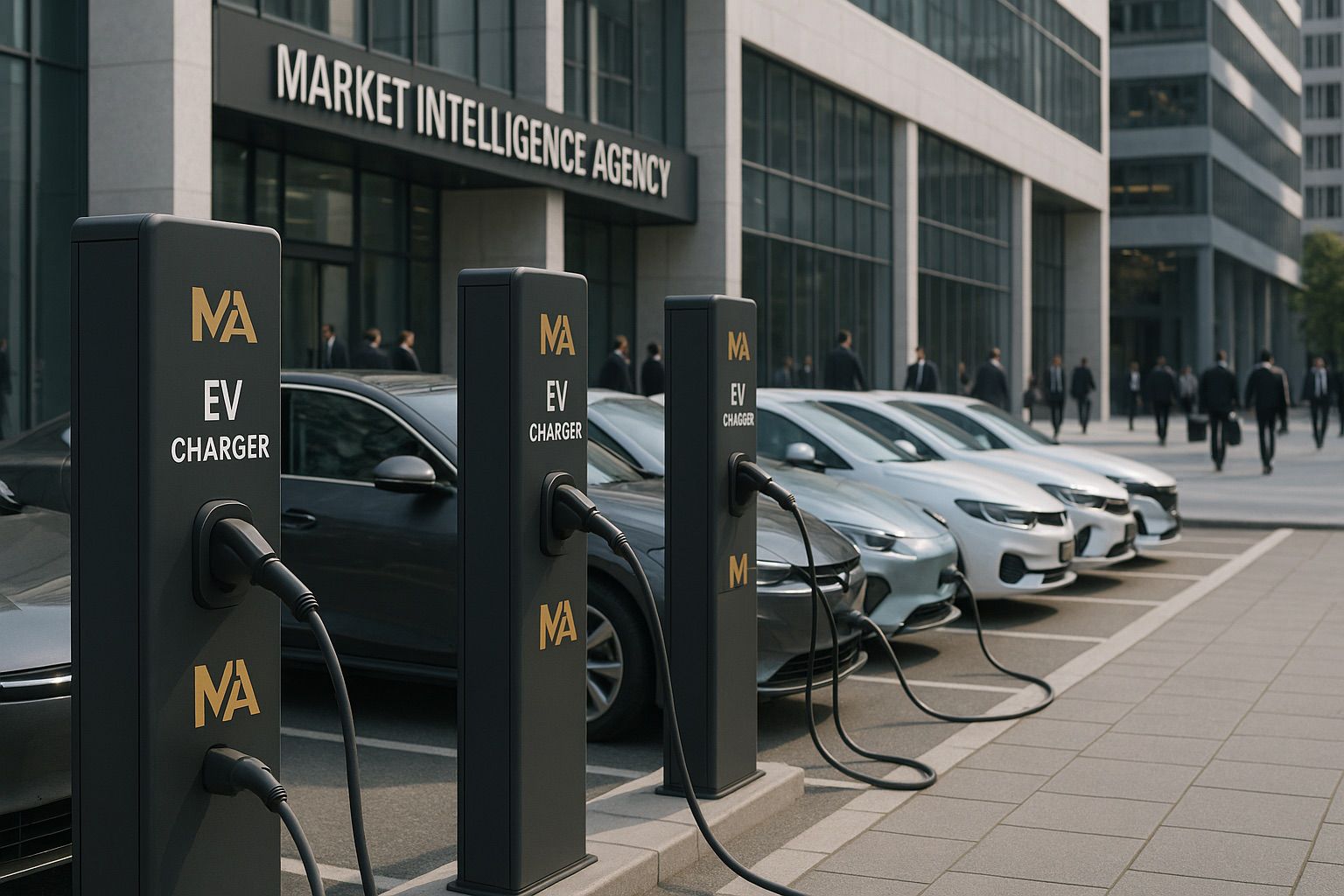
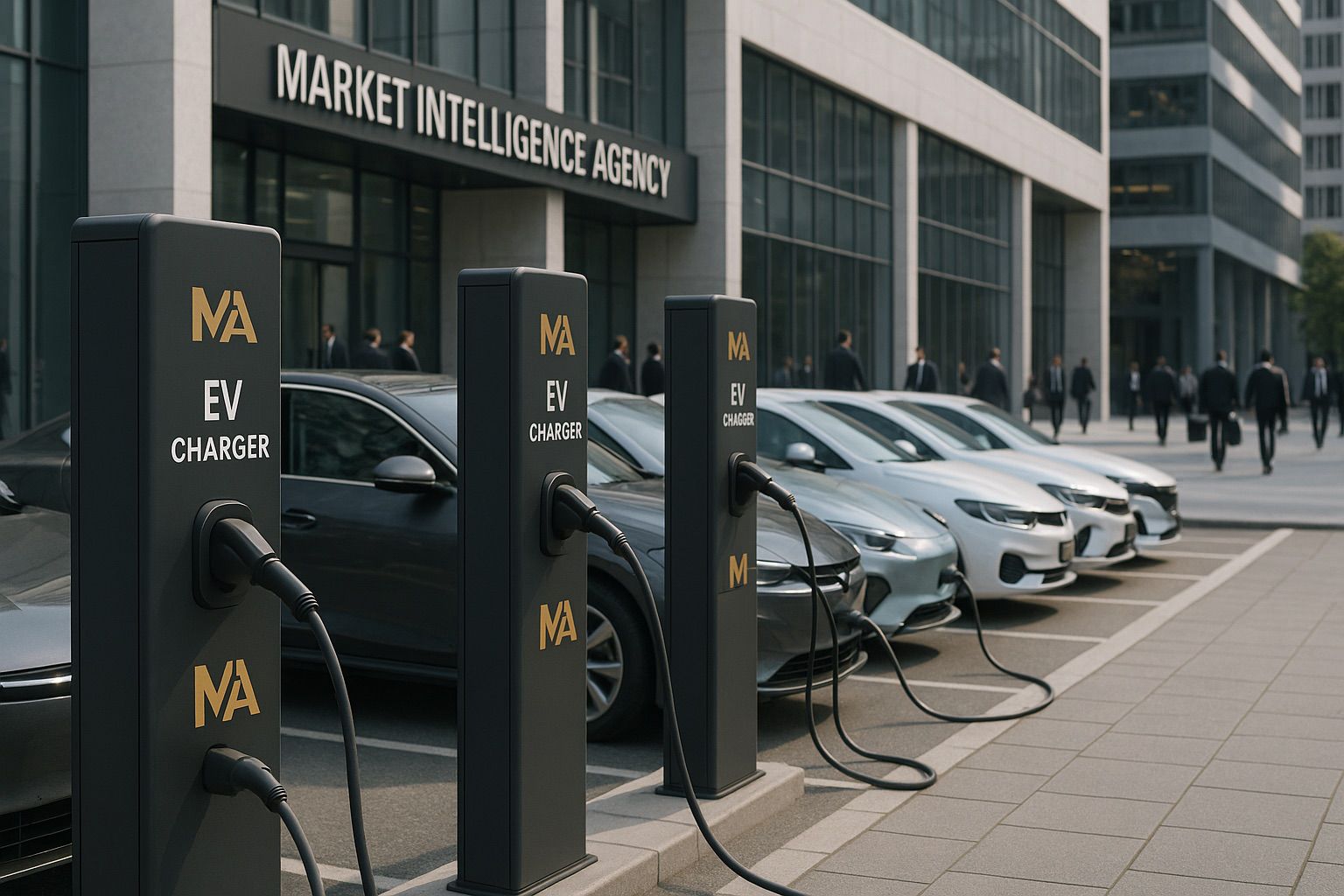
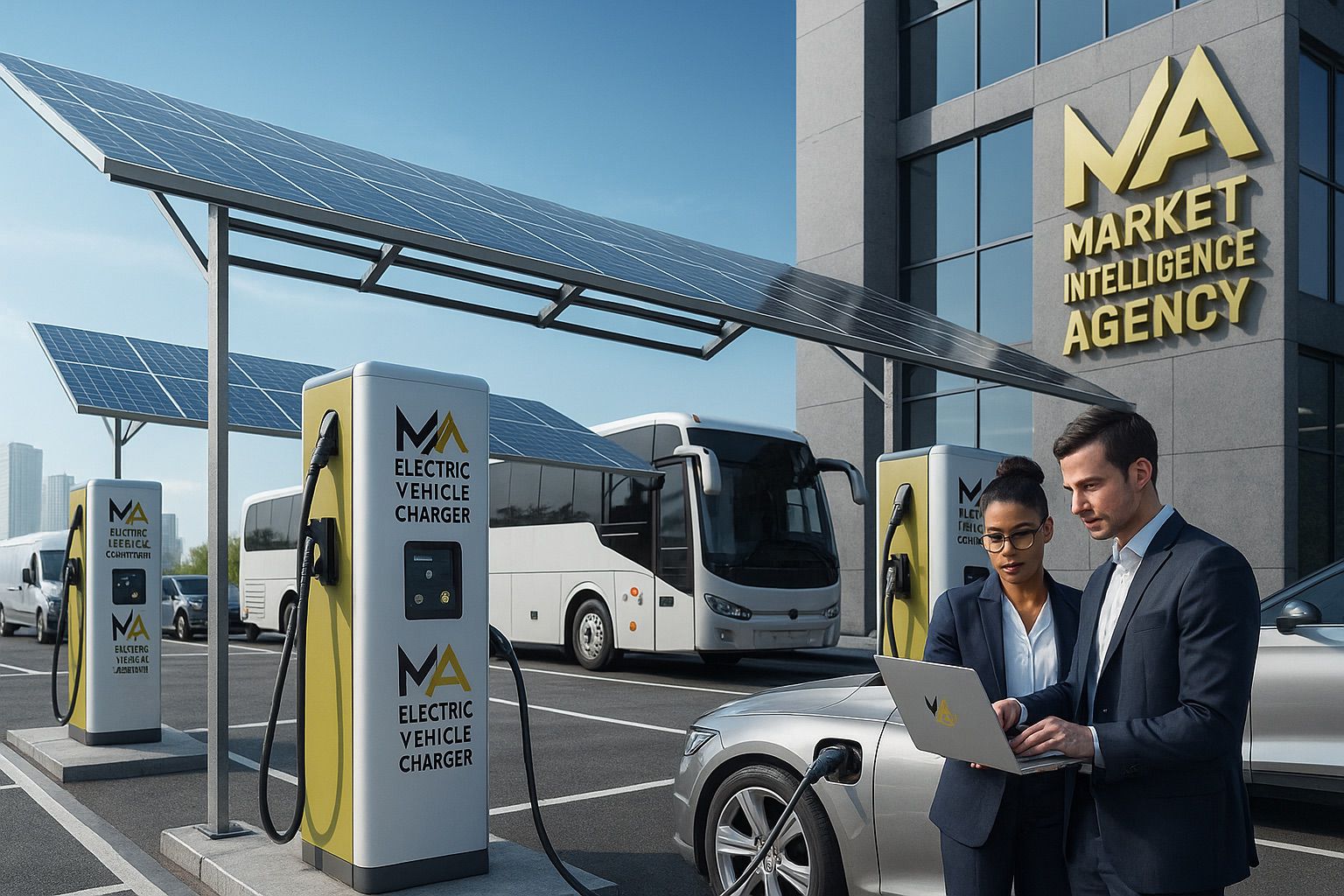
MIA Electric Vehicle Chargers (AC&DC)
Market Intelligence Agency (MIA) offers a comprehensive range of Electric Vehicle Chargers (EVCs) tailored specifically for high-fleet operator campuses across South Africa and the broader SADC region. These clients include logistics companies, mining operations, delivery fleets, manufacturing facilities, public transport depots, and large corporate campuses that manage internal vehicle fleets. MIA’s solutions are designed to support fleet electrification goals through efficient, scalable, and site-specific charging infrastructure.
What was the main challenge in this project?
1. Lack of reliable, fleet-scale EV charging infrastructure
Most high-fleet campuses do not have the capacity to charge multiple electric vehicles efficiently or simultaneously. MIA addresses this by providing scalable, high-capacity AC and DC chargers that match the operational demands of logistics, mining, and transport fleets.
2. Operational downtime due to inadequate or slow charging
Without fast and reliable chargers, electric fleets face downtime that disrupts daily operations. MIA offers high-speed DC chargers designed for rapid turnaround, ensuring vehicles are back on the road quickly and productivity is maintained.
3. Fragmented or ad hoc installation and support
Many operators face delays and technical issues due to lack of end-to-end support for EV charger deployment. MIA resolves this by offering a full turnkey service — from import and delivery to installation, configuration, and ongoing technical support.
4. Limited visibility and control over energy use
Fleet operators struggle with tracking energy consumption and optimising charging times. MIA integrates intelligent software systems with its chargers to provide real-time monitoring, usage data, and energy management tools.
What was your solution or approach?
MIA’s EVC product offering delivers integrated solutions that enable fleet operators to transition smoothly to electric mobility without compromising operational efficiency. The chargers provide reliable, high-capacity infrastructure for on-site charging, ensuring that fleets are always powered and ready, whether through slower overnight AC charging or rapid-turnaround DC charging. By offering both hardware and full installation services, MIA eliminates the technical complexity and project coordination challenges clients typically face. Each charger is supported by smart energy management systems, giving clients visibility over their energy usage, charger performance, and load optimisation. This allows for smarter scheduling, cost savings, and reduced energy waste. In addition, the scalability of MIA’s charging systems means clients can expand across multiple sites and regions as their EV fleets grow. Importantly, MIA also works with banks and financiers to offer access to flexible funding models, reducing the upfront capital barrier. The end result is a future-ready, low-maintenance charging ecosystem that is designed to support day-to-day operations and long-term sustainability goals.
What was the outcome or impact for the client?
By purchasing and deploying MIA’s electric vehicle chargers, clients gain immediate operational, financial, and environmental benefits. The most direct impact is increased uptime and productivity of electric fleets through faster, more reliable charging tailored to their daily requirements. This directly reduces vehicle downtime and improves turnaround for logistics, transport, and service operations. Financially, clients benefit from lower fuel and maintenance costs associated with electric vehicles, while also accessing flexible financing options that reduce upfront capital strain. Strategically, deploying EV infrastructure positions clients as leaders in sustainable mobility, aligning their operations with national decarbonisation goals and ESG mandates. In the long term, clients also gain resilience against rising fuel prices and regulatory shifts, while improving their brand reputation with customers and investors. MIA’s smart chargers further allow for data-driven decision-making, enabling better energy management, cost control, and scalable planning across regions. The overall impact is a measurable transformation in how fleets are powered, managed, and grown.
Other case studies from Market Intelligence Agency
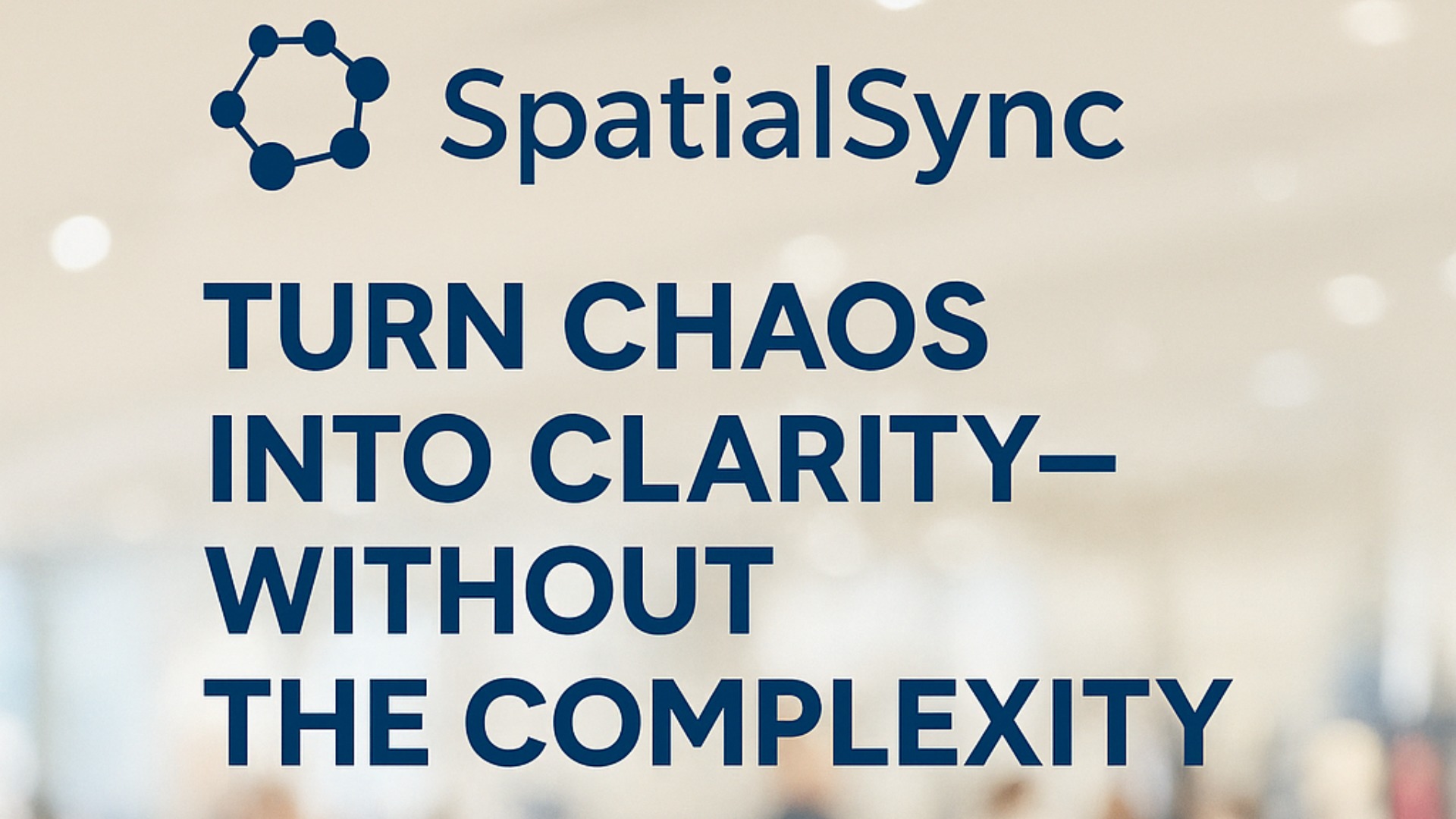
AI Development
SpatialSync
Other business services case studies
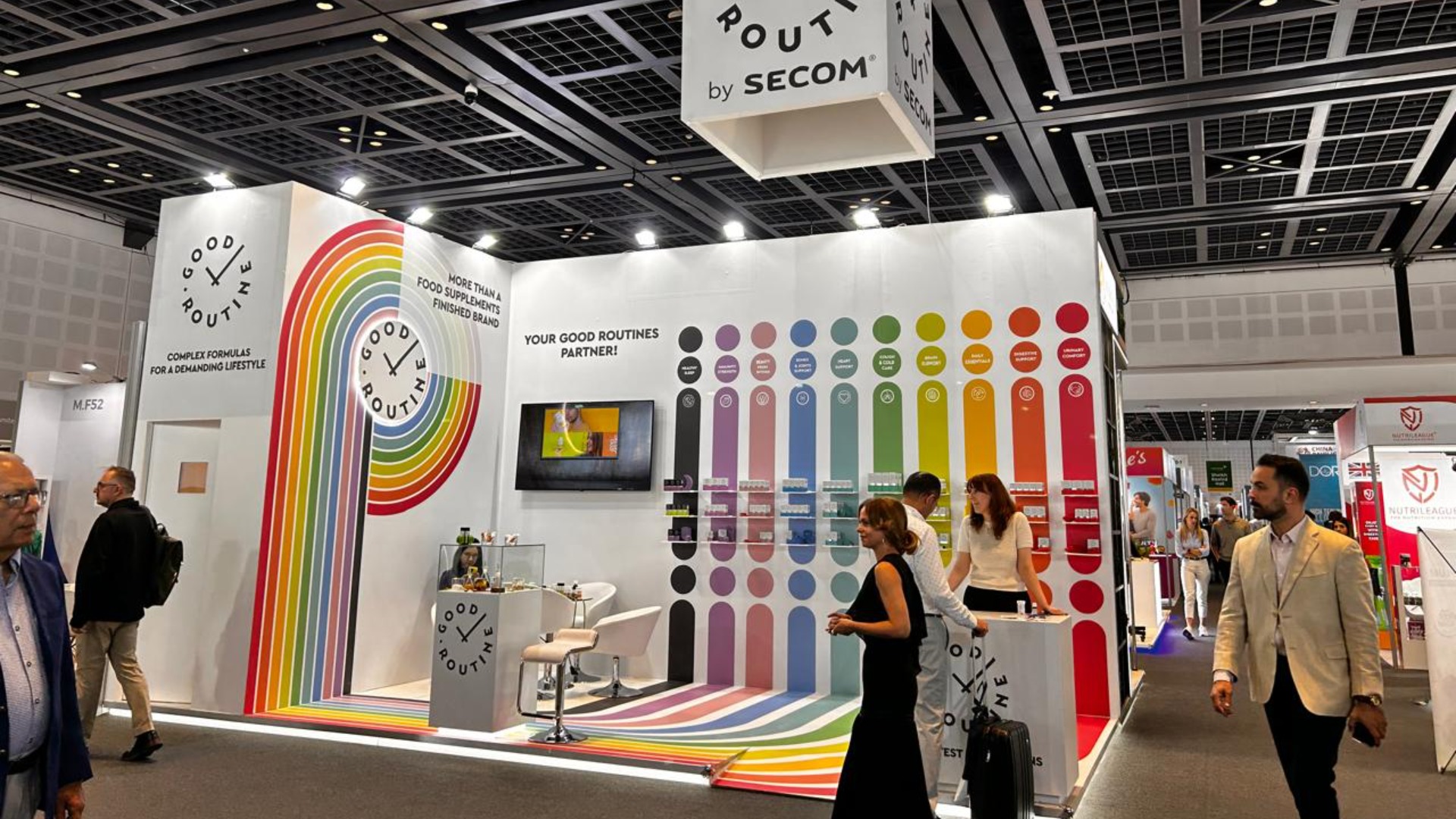
Business Services

Business Services

Business Services
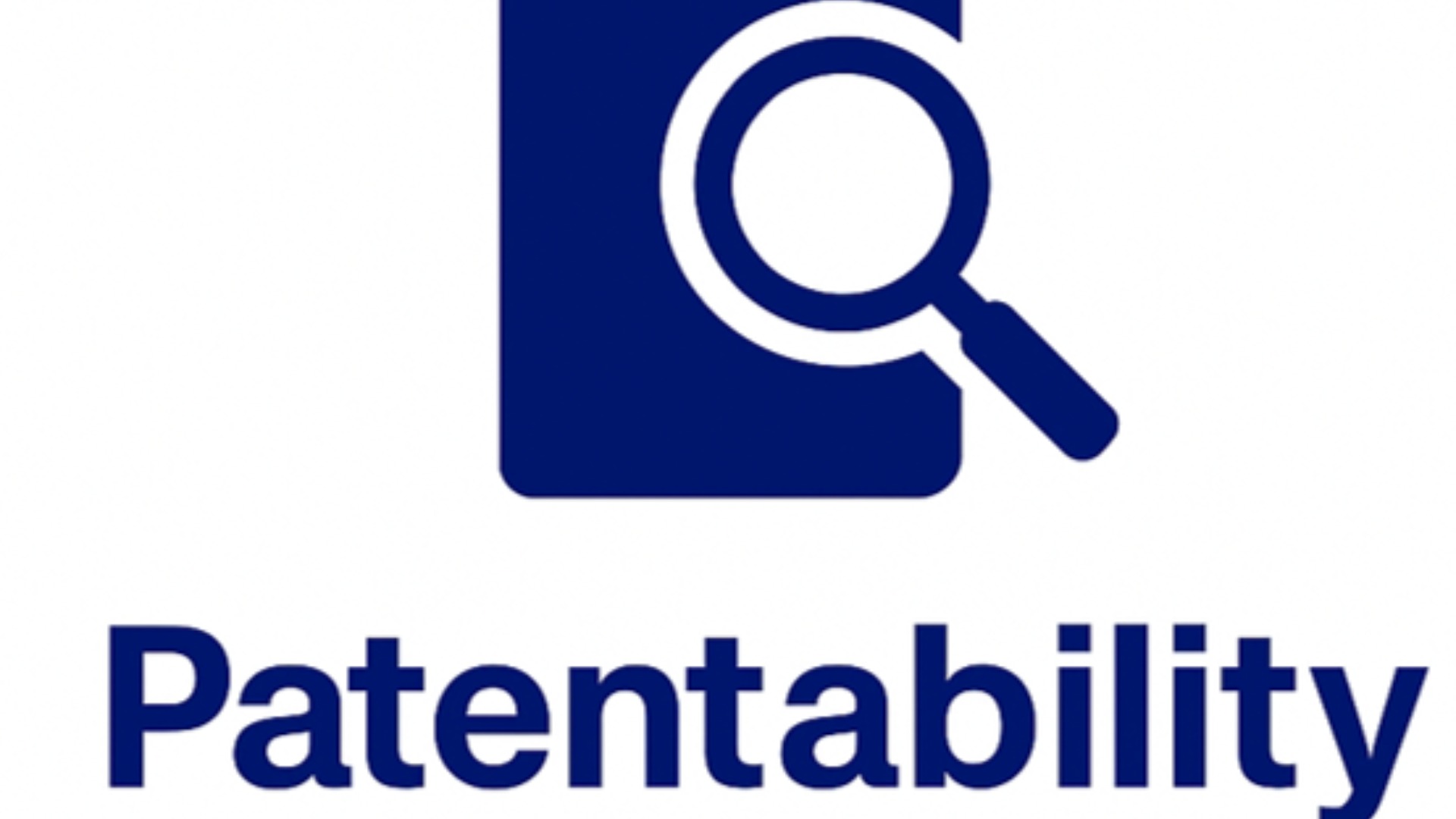
Business Services
Business Services

Business Services
Project Details
M
Industry:Logistics & Transportation
Budget:Over $1,000,000
Duration:6 - 12 months
Need similar services?
Agencies providing business services
Posted this
M
Empowering businesses with market intelligence and strategic advisory services.
K
Affordable Shopping Platform
N
Give Feedback to Your Employees,Rate & Review Your Company,Hire Genuine Employees,Build your resume in 5 minutes
I
Innovative Laser Safety is your trusted source for comprehensive laser safety solutions.
S
Optimizing Revenue, One Claim at a Time
E
Engineering Consulting Firm